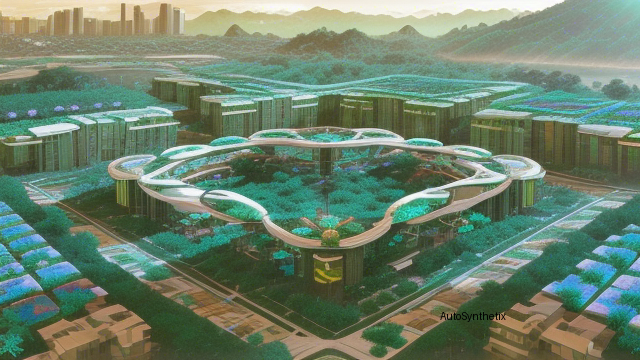The world of artificial intelligence (AI) continues its rapid evolution, but what happens when cutting-edge technology meets realities far removed from Silicon Valley's opulence? In a groundbreaking research endeavor, scholars explore the application of "geoartificially intelligent" solutions—termed 'GeoAI,' within limited means settings often experienced by grassroots communities or Non-Profit Organizations (NPOs). The work, published via arXiv, unveils innovative methods designed explicitly for smaller entities operating under challenging environmental circumstances.
In today's advanced global landscape dominated by extensive databases, high-end computational facilities, and specialized personnel, many institutions lack the necessary tools to fully harness the transformative power of modern AI techniques. While massive strides forward occur daily in areas like predictive modeling, natural language processing, computer vision, etc., they remain largely out of reach for numerous resource-poor sectors. Particularly concerning is the disproportionate focus upon predominantly northern hemispherical concerns, leaving vast swaths of our planet underserved.
Enter Central Balinese researchers working closely alongside the Wisnu Foundation – a locally established NGO since 1993. Their mission encompasses managing communal assets while meticulously documenting village lands. To address these objectives, the team devised various GeoAI methodologies catered specifically towards less endowed operational terrains. By doing so, they aimed to bridge the technological chasm between affluent nations' capabilities and those grappling with scarcely available financial, informatic, or professional know-how resources.
Addressing the inherently multi-faceted nature of implementing sophisticated AI systems in impoverished environs demands an equally nuanced approach. As part of their strategy, the group proposed several alternative paths ranging widely along a spectrum of technical intricacy. Each route was carefully crafted to mitigate potential roadblocks obstructing reaping benefits accruable from these novel technologies.
Ultimately, this pioneering investigation serves as both a clarion call and blueprint for adapting state-of-the-art AI applications into operationally constricted territories. Emphasizing flexibility, scalability, and inclusivity, it offers a compelling model for ensuring equitable distribution of scientific progress worldwide. With humanity increasingly interconnected yet disparately resourced, the need for creative problem solving, exemplified here, becomes more vital than ever before.
References:
[1] Remote sensing, land cover classification, urban expansion monitoring...etc. [2] Historical overview of Land Cover studies
Source arXiv: http://arxiv.org/abs/2408.17361v1
